38 foods you should never store in the fridge and why
Not fridge friendly
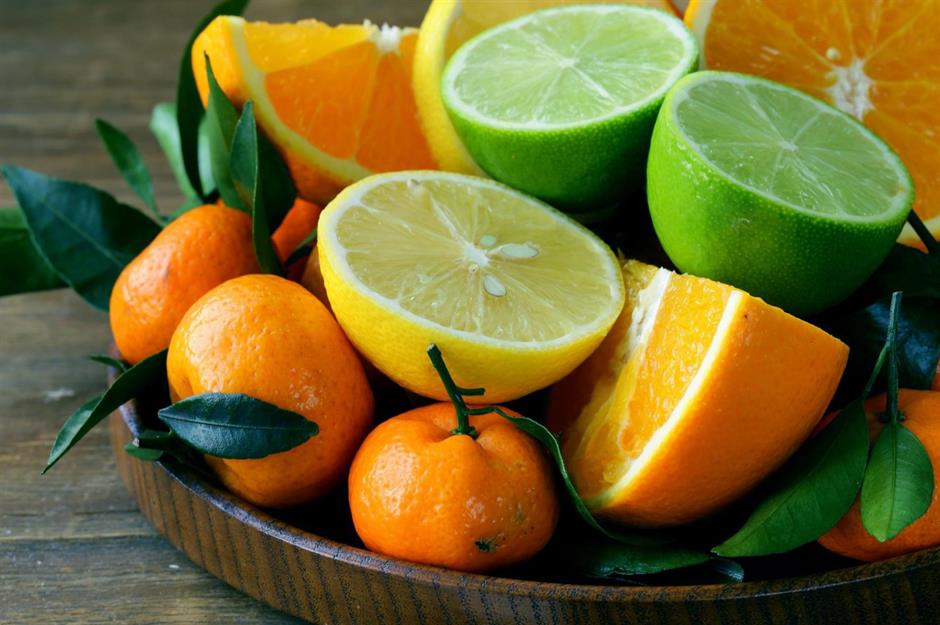
The fridge seems an obvious place to store some food to help it stay fresher for longer, but some ingredients simply aren't made for colder temperatures. Here are the foods that fare best elsewhere.
Garlic
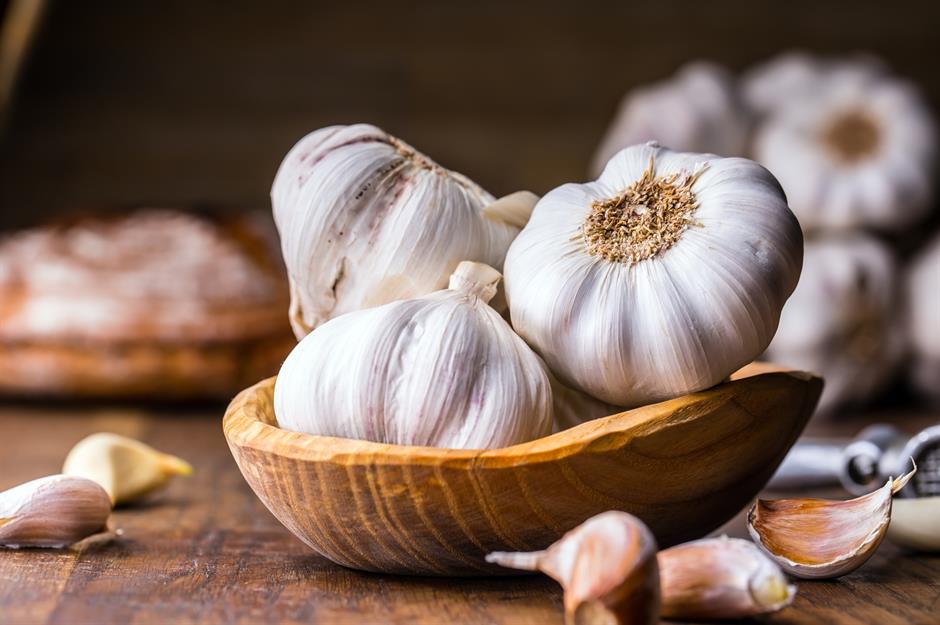
Garlic deteriorates at a quicker pace when stored in the fridge due to the added moisture, unless already peeled and prepared. It's best kept in a dry place with good air circulation, at room temperature and away from the light.
Nuts

If you plan to use them in the next few weeks, nuts are good to be stored in an airtight container in the cupboard. However, if you need them to last for longer than a month, put them in the freezer where they'll stay fresh and crunchy for a year.
Honey
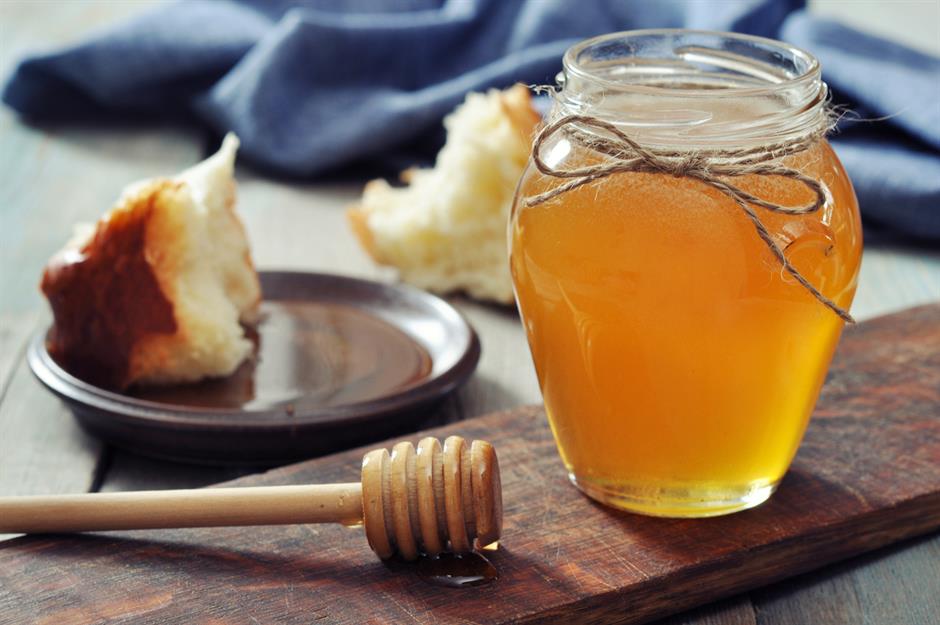
Unless you really want to wrestle with it, avoid leaving honey in the fridge. There's no benefit to chilling it and the low temperatures cause it to crystallise and solidify, so you'll have to warm it before use.
Onions
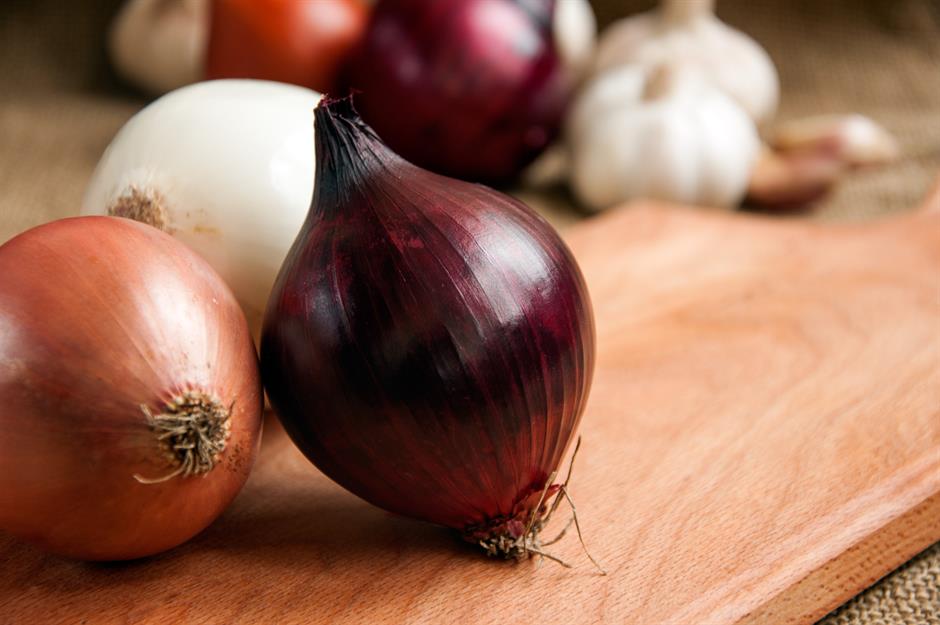
Whole onions should ideally be kept in a cool, dark place. They'll become damp and soggy, and ultimately spoil if left in the fridge for too long. However, once cut, onions should be sealed in a container and kept in the fridge.
Butternut squash
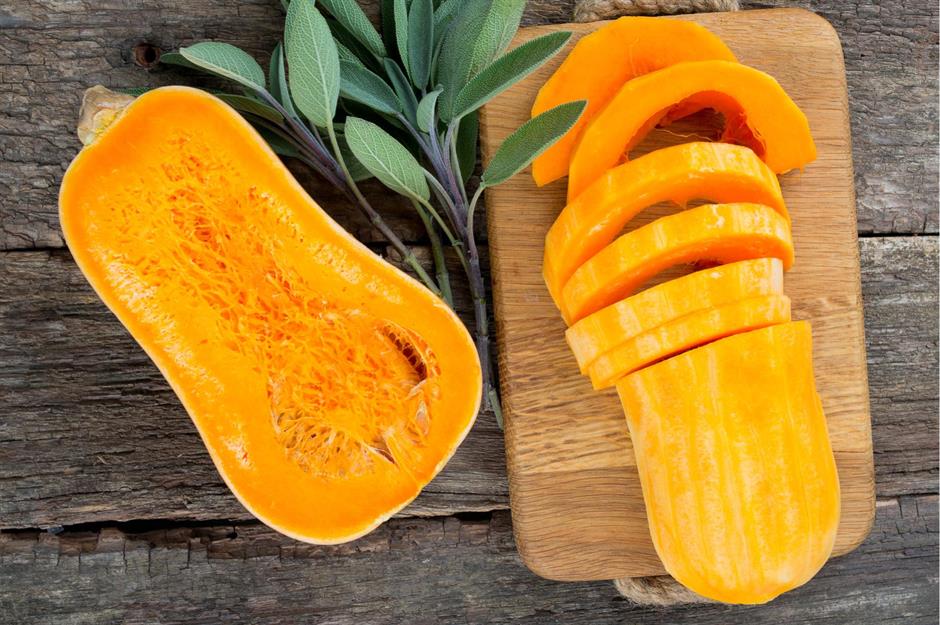
The moisture from the fridge can impact this vegetable's quality and cause it to go off rapidly. A whole squash should be stored on a shelf or table at room temperature. Once cut, it can be placed in the fridge for around four days, or frozen, ideally in cubes.
Olive oil
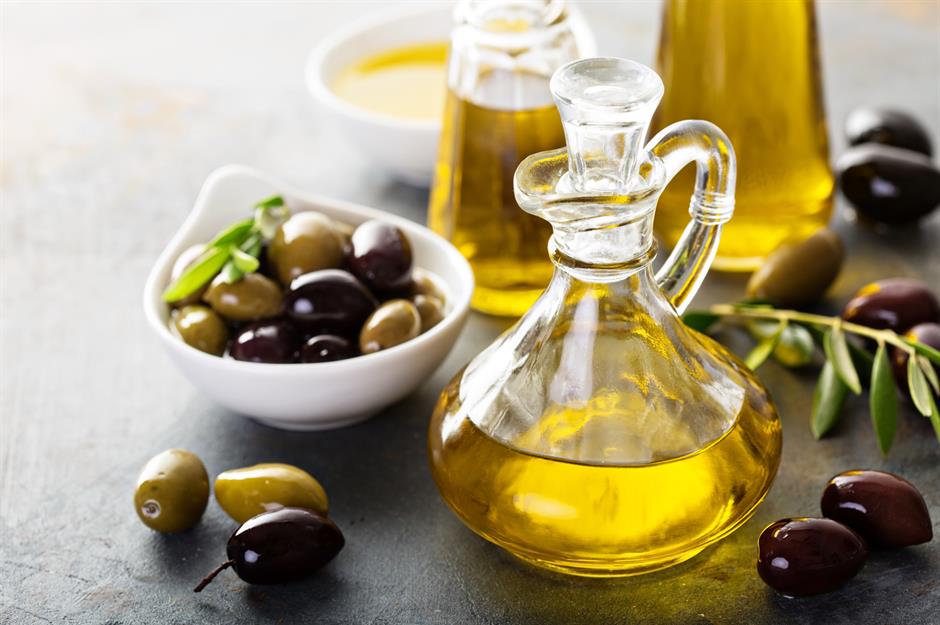
Storing oil in the fridge makes it turn cloudy and grainy, room temperature is best to maintain a good colour and consistency. However, a cool, dark place such as the kitchen cupboard is better than leaving it out on the worktop.
Potatoes
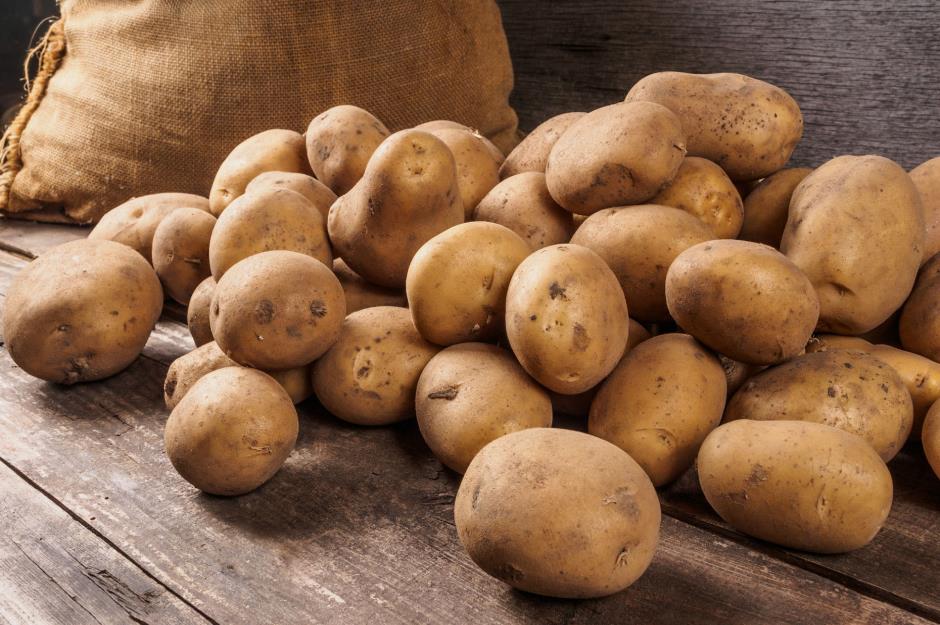
Cold temperatures make potatoes' starch turn into sugar, which can be potentially harmful. Potatoes should be stored, unwashed, in a spot well away from any sunlight. Only cooked potatoes should be stored in the fridge.
Sweet potatoes

Like potatoes, storing sweet potatoes in the fridge will change the vegetables' composition and ruin its texture and flavour. Sweet potatoes should be stored in a cool, dark, well-ventilated cupboard or pantry.
Bread
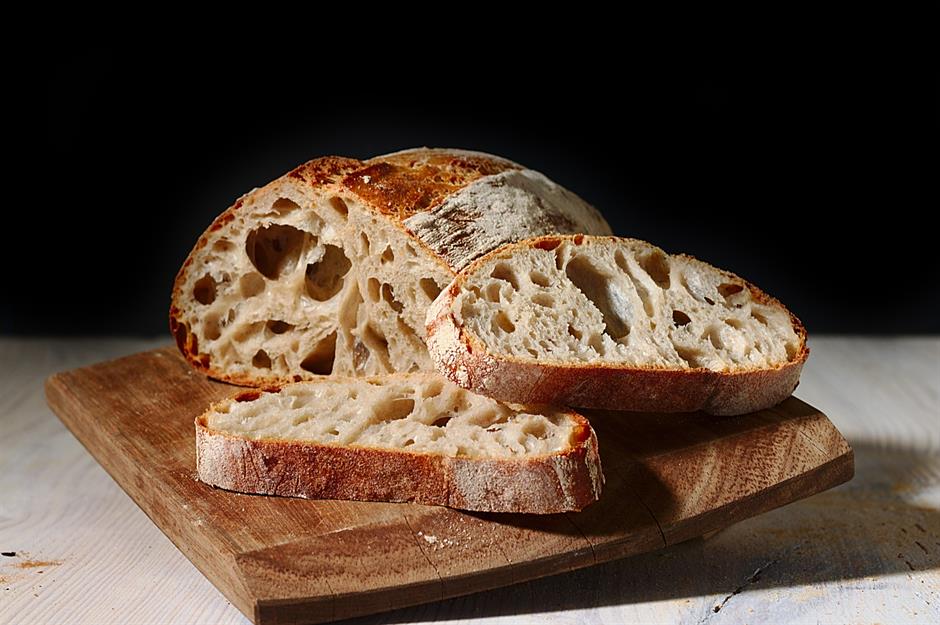
If you're going to eat all your bread within a few days, don't put it in the fridge. Much like potatoes and sweet potatoes, cold temperatures change the structure of bread making it taste stale. Alternatively, freeze bread if you want to use it over a few weeks.
Pumpkins
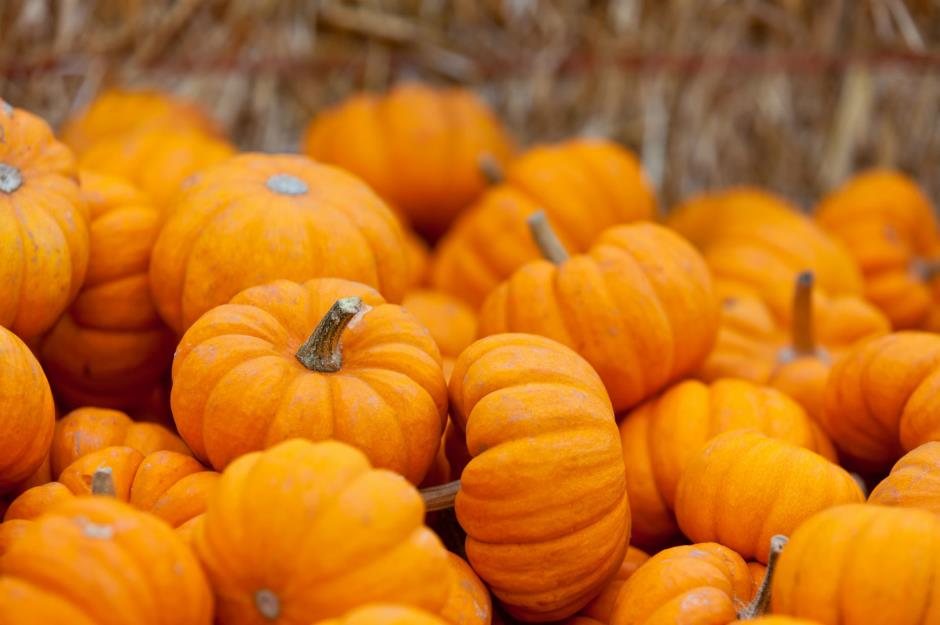
The winter squash should be stored in a dark, dry, well-ventilated area which is no colder than 10°C (50°F). Leaving them in the fridge will cause them to turn faster. Cured and well-stored pumpkins can last up to six months.
Mango
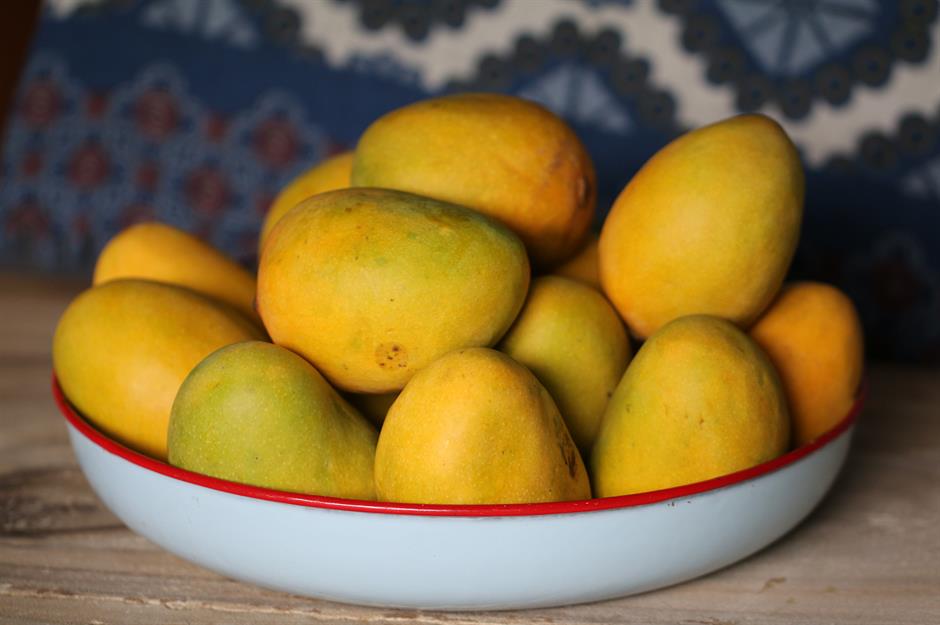
Like avocados, unripe mangoes should be stored at room temperature, since the cold slows down ripening. They can be refrigerated or sliced, put in a freezer bag and frozen once soft.
Coffee

Coffee naturally takes on the smell of the ingredients around it, so the fridge can damage its flavour. It should be kept in an airtight container and stored in a dark place at room temperature, so it stays fresh until the time comes to brew it.
Melons
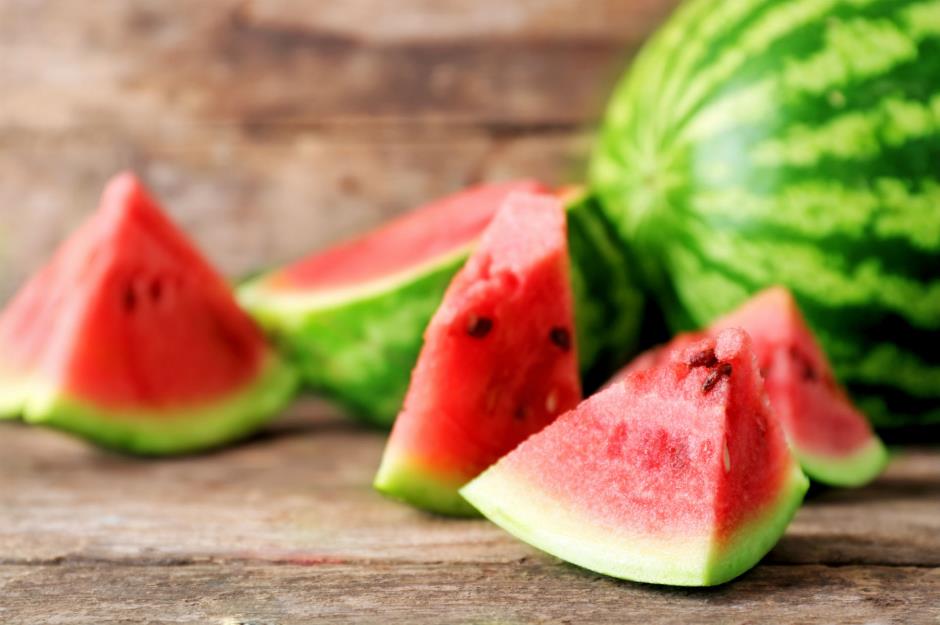
Aubergines

The cold temperatures of the fridge will damage aubergines, but you don't want it to get too warm either – aubergines are sensitive vegetables. House in a cool, dark place away from direct sunlight and use it as soon as possible.
Cake
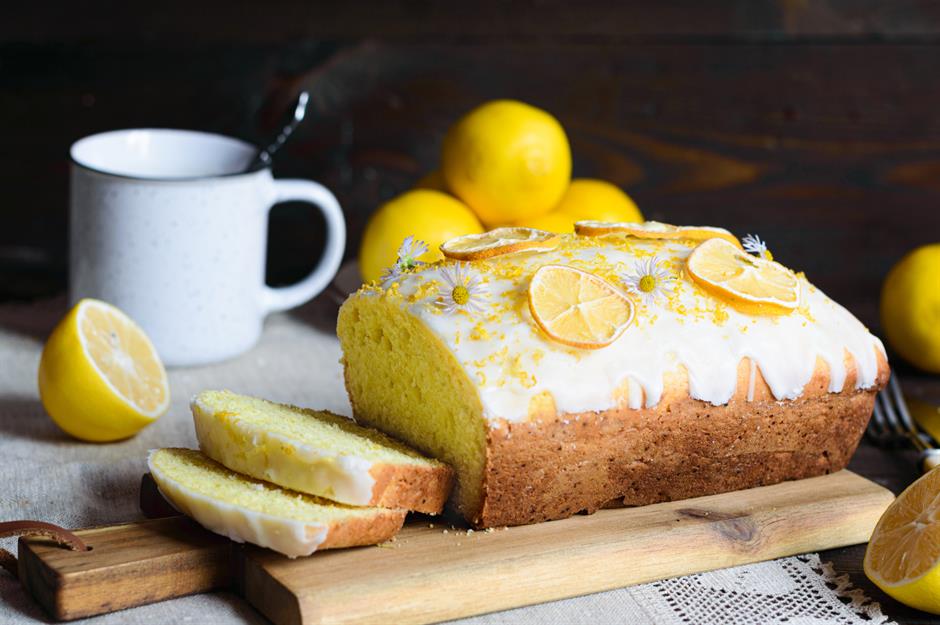
Your cake will taste much better if it's not too cold. To keep it fresh, secure it in an airtight container for a couple of days. Of course, if the cake is topped or filled with fresh cream, you'll need to refrigerate it.
Bananas
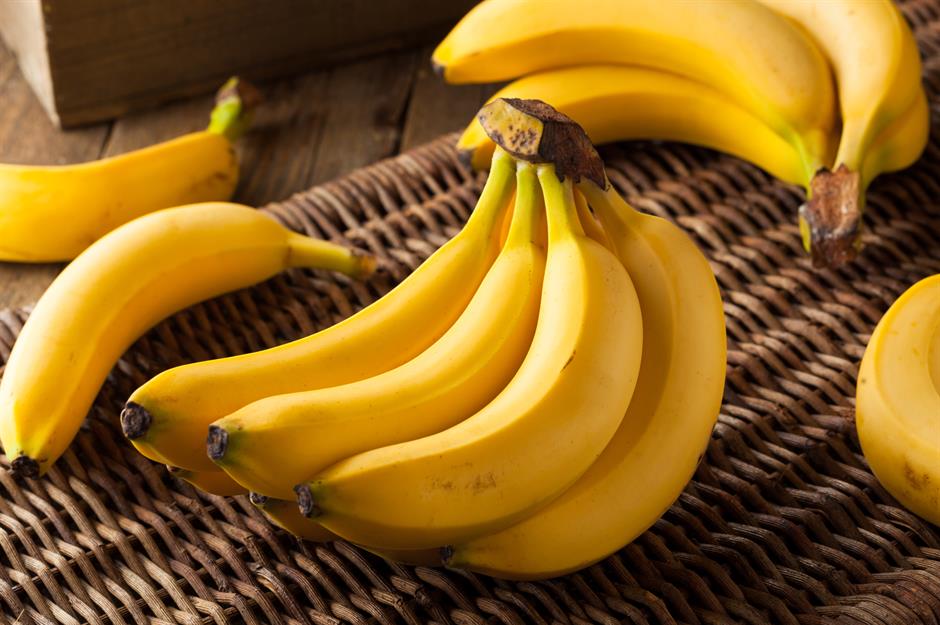
Warm temperatures are needed for a banana to ripen correctly, and this process is halted when it's put in the fridge. The skin may also eventually turn black in the fridge, even though it's still good to eat inside.
Hot sauce
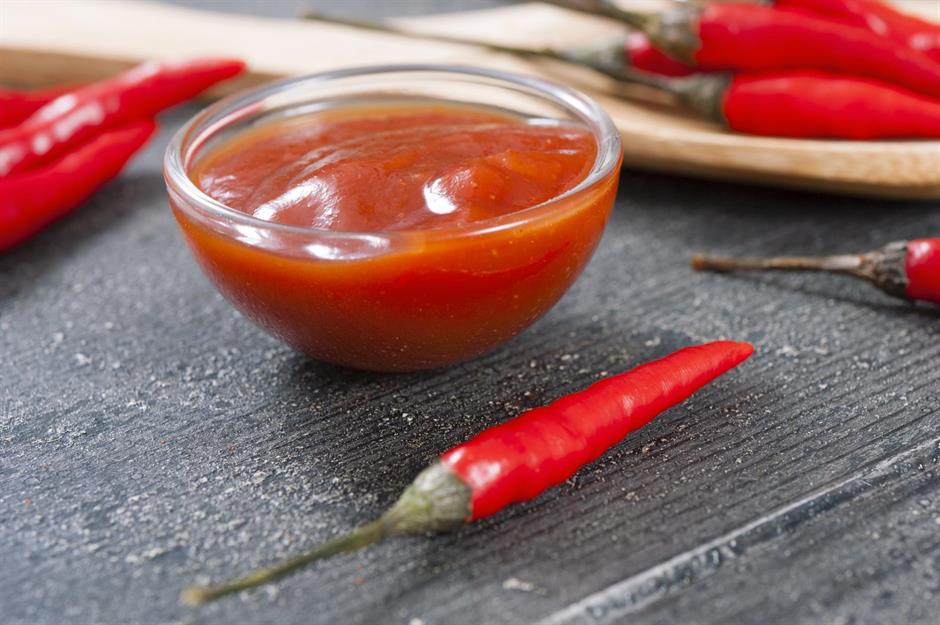
If you've been storing your hot sauce on a fridge shelf, there's no need. It's usually full of vinegar which will prevent any bacterial growth. Much like other foods, the heat of the chilli will also be much more potent if it's kept at room temperature.
Salad dressing
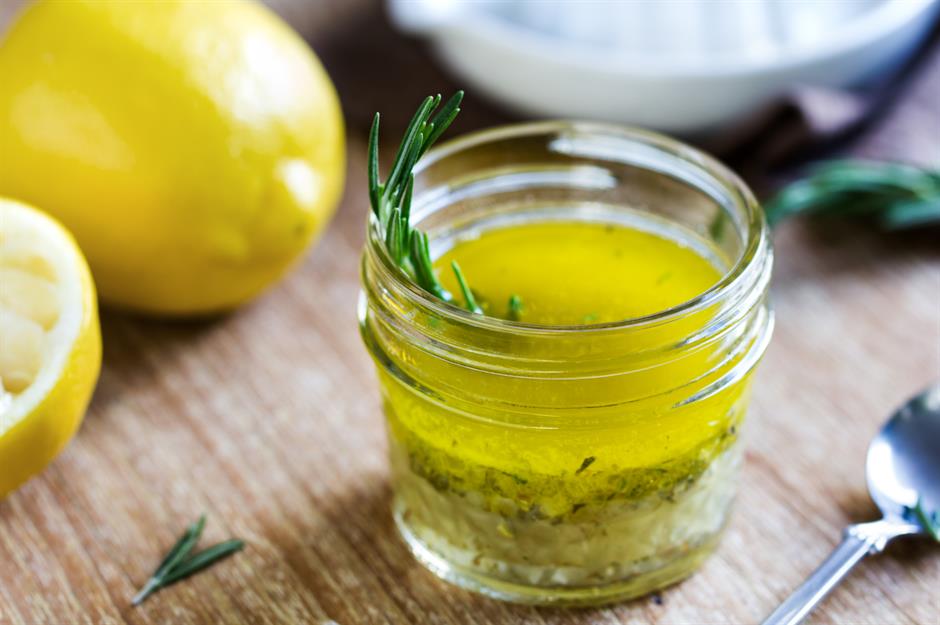
While you should definitely find space for creamier sauces in the fridge, many dressings are oil or vinegar-based and fare fine stored in the cupboard.
Dried fruit

Putting dried fruit in the fridge will only add unwanted moisture. It's best preserved somewhere dry and dark, in an airtight container. When kept correctly, it can last up to a year.
Syrup

If you're the kind of household that gets through a jar of syrup within a few months, it's perfectly safe to store it in the cupboard. At fridge temperatures, syrups become stiff, which isn't ideal if you plan to pour them over your pancakes.
Chocolate
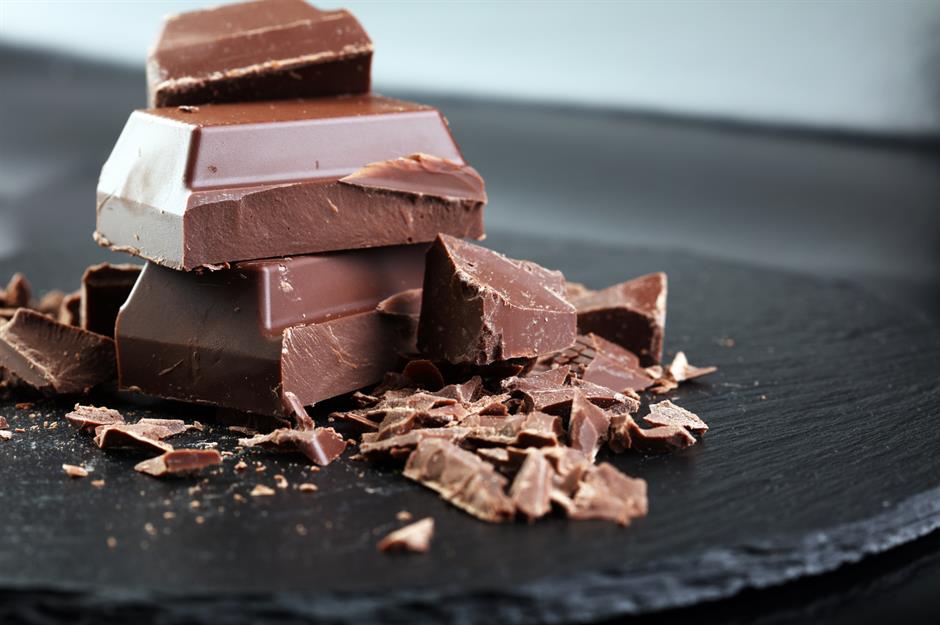
The fridge is the worst place for your bar or box of chocolates. It absorbs the smell of surrounding food, so it’s best kept with other odourless ingredients in a cool, dry cupboard.
Pastries

To keep them just right, pastries are best wrapped in a paper bag and kept at room temperature. If you put them in the fridge, the inevitable condensation will compromise their crisp, flaky texture.
Peanut butter
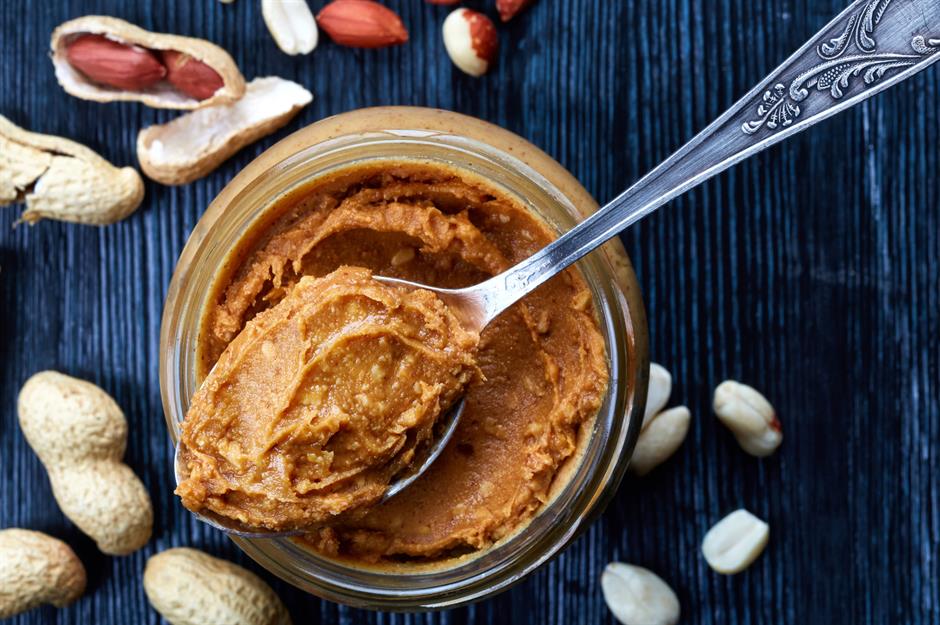
The wholesome spread becomes hard and stodgy in the fridge, meaning getting it out the jar to put on toast is an arduous task. Save yourself the hassle and store opened peanut butter jars outside the fridge safely for two to three months.
Peaches

Pickled vegetables
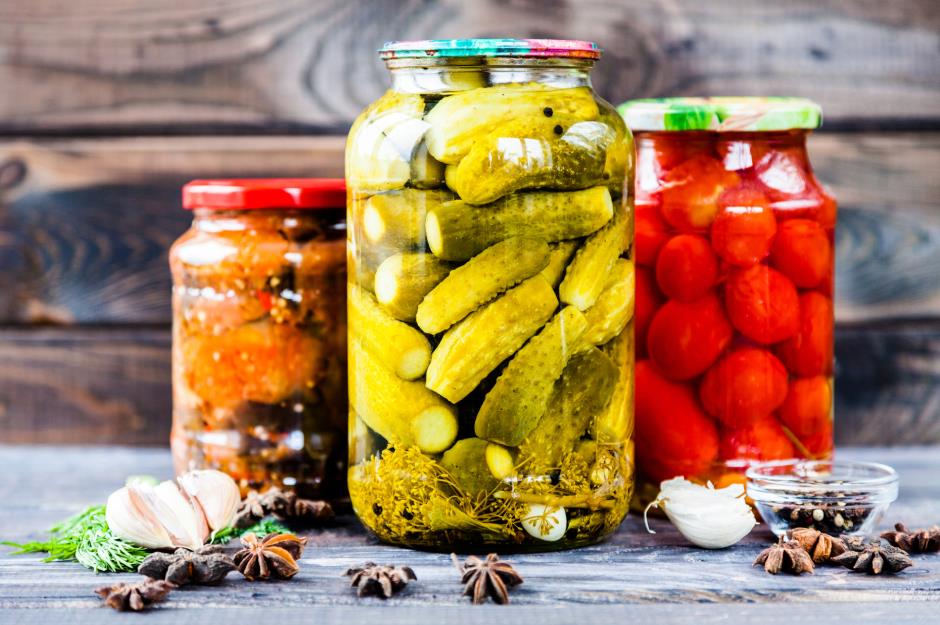
So long as you’ve not contaminated the jar with a dirty spoon, the preservatives used in manufactured pickles mean they should last just fine in the cupboard, freeing up precious fridge space. Make sure the lid is tight and check the use-by date (and any specific instructions on the label).
Dried spices

The refrigerator is the enemy of dried spices as unwanted condensation is likely to get in. To maximise shelf life, keep in a dark, dry place, and away from extreme heat.
Chocolate spread

Tomato ketchup
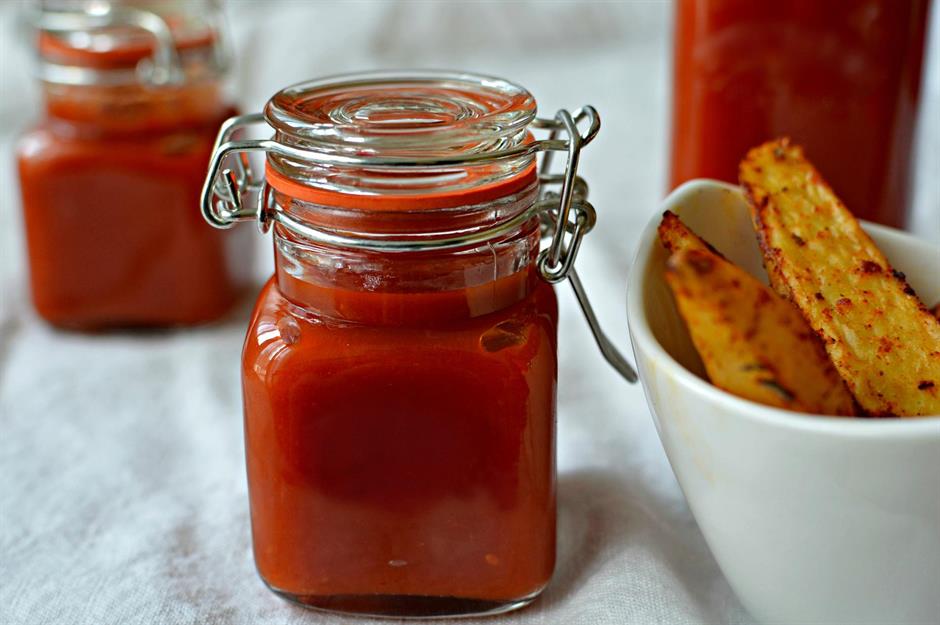
It's highly debated whether ketchup should be stored in the cupboard or fridge. However, bottled ketchup was sold years before refrigerators became the norm. Ketchup’s high vinegar, salt and sugar content mean it’s safe to store at room temperature without spoiling.
Jam
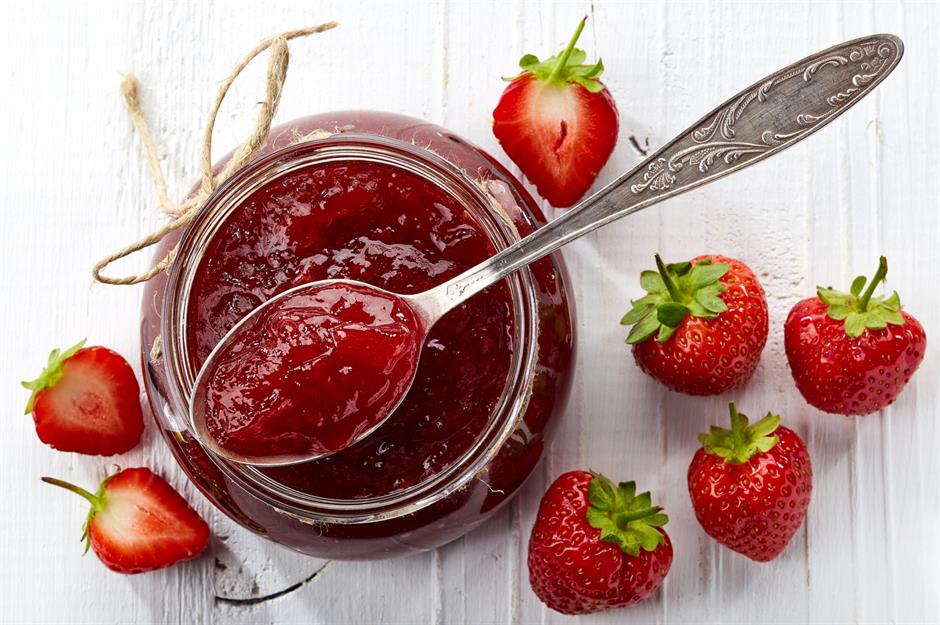
The jury is still out on this one. Providing jam is properly sealed inside a sterilised jar, it can be stored outside the fridge for a very long time. Once opened it can continue to be kept outside the fridge provided you're only sticking clean knives inside of it. However, it's been known to keep better (ie, without mould spores appearing) inside the fridge.
Soy sauce
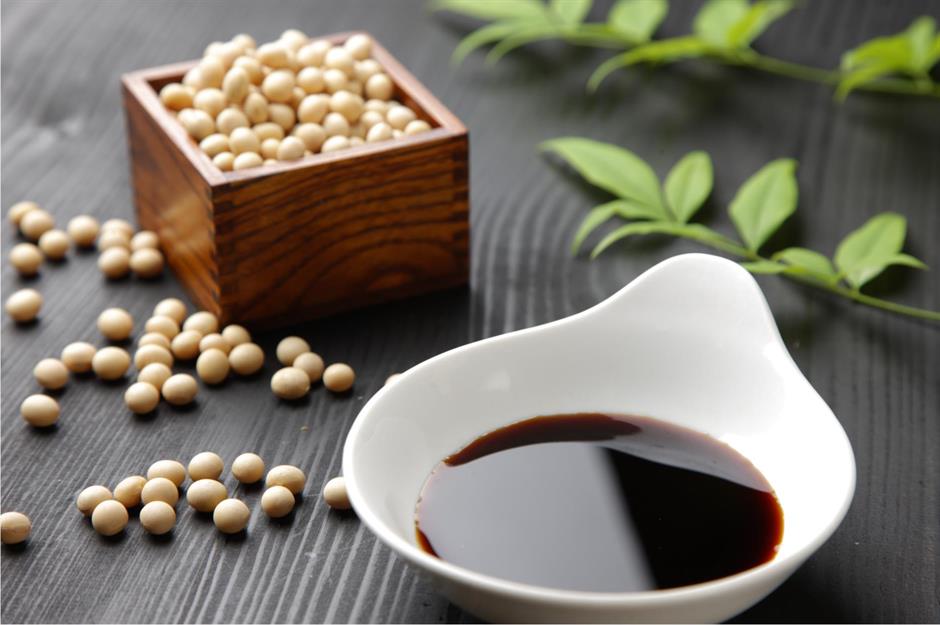
Labels on bottles of soy sauce may state it should be refrigerated, but restaurants used to safely leave the condiment on tables all day. The truth? The high salt content means it can be stored at room temperature for up to six months.
Champagne

If you’re not planning on opening a bottle of Champagne or sparkling wine within the next few days, don’t keep it stored in the fridge as the fluctuating temperature of the door opening and closing will wreak havoc on it. Keep it on its side, away from light, in a room with a consistent temperature.
Butter
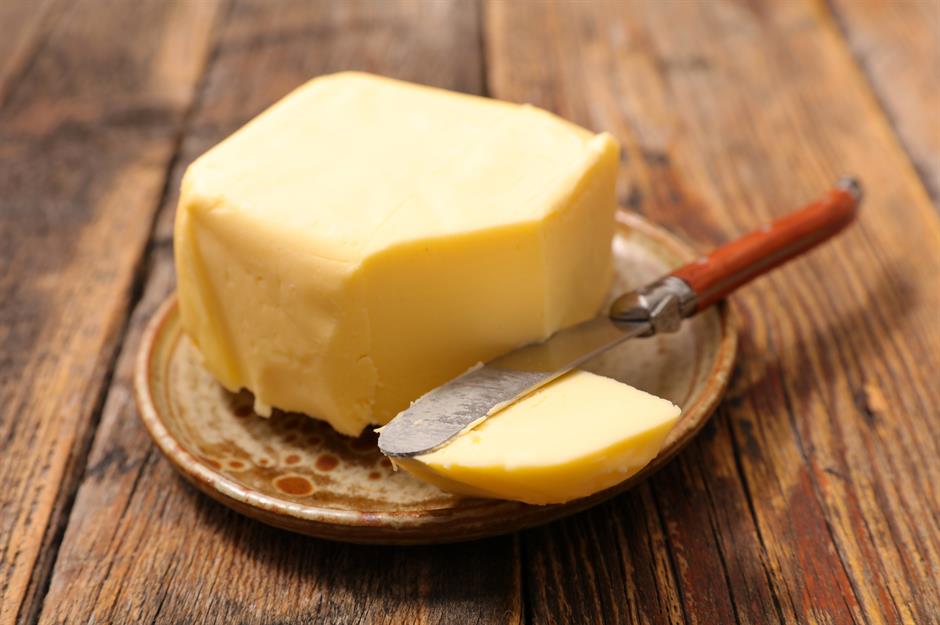
Butter is virtually unspreadable straight from the fridge and it’s perfectly safe to store butter in a covered dish on a worktop for a day or two, says the USDA's FoodKeeper App. However, you don’t want it to melt or go rancid so transfer it somewhere cooler, out of direct sunlight in the hot summer months.
Eggs
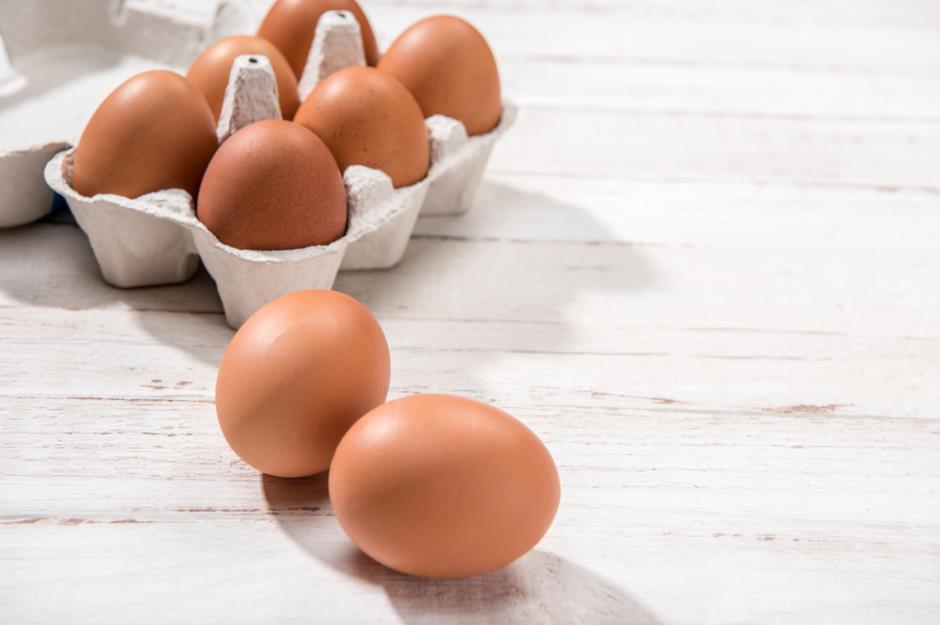
You may be surprised to see eggs on the list, because in the US the fridge is where they should be. Eggs are sterilised after production to kill bacteria (which also weakens the egg shell) and must be kept cool to prevent it returning. But if you’re in Europe, eggs are not sterilised and can stay in the pantry.
Fresh soft herbs
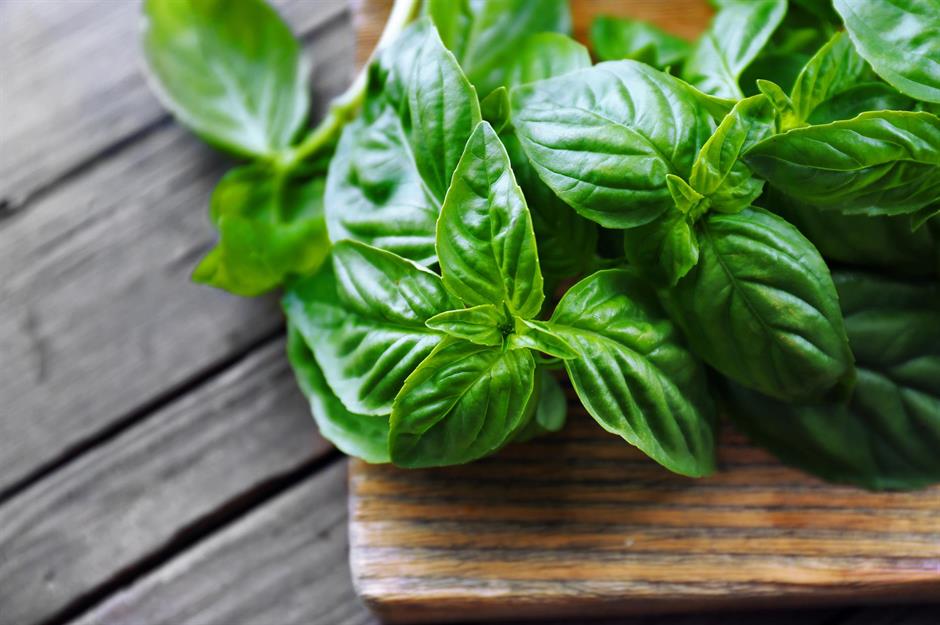
Soft herbs like basil, coriander, mint, parsley and dill should be treated like bunches of flowers – cut and kept in a glass of fresh water. If confined to the fridge, the leaves will wilt and quickly become soggy.
Mature white wines

It’s widely accepted white wines are best served chilled, however, the fridge isn’t always the best option for mature ones such as chardonnay and viognier. They're better appreciated at slightly warmer temperatures – 10-13ºC (50-55.4ºF) is most ideal.
Everything you wanted to know about wine but were afraid to ask
Tomatoes
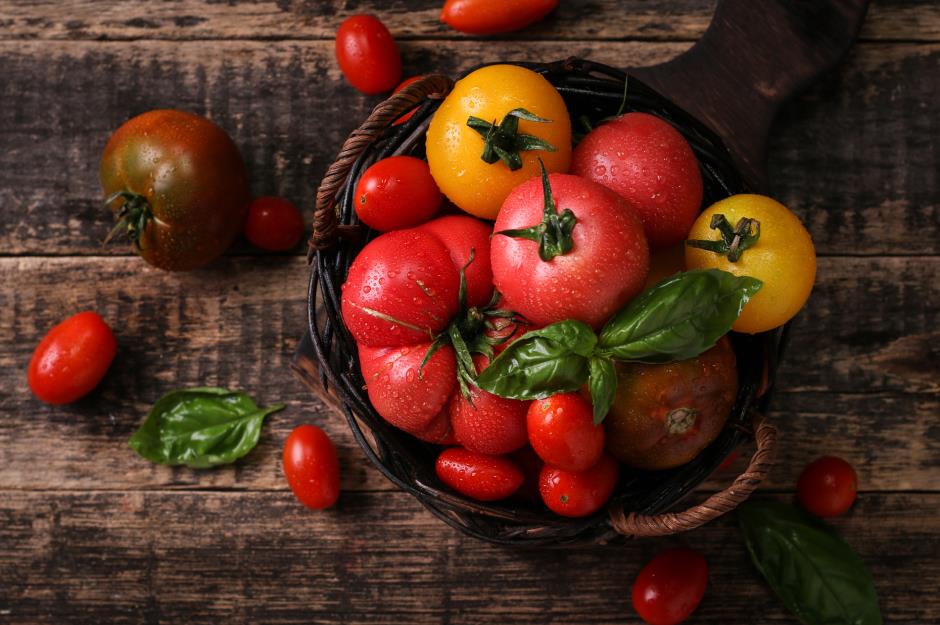
Fridge temperatures damage tomatoes' membranes, causing them to become watery and mealy. It will also permanently damage their flavour. The best place to put tomatoes is out on a counter or worktop. If you find you have too many for this, try canning or roasting them.
Avocados
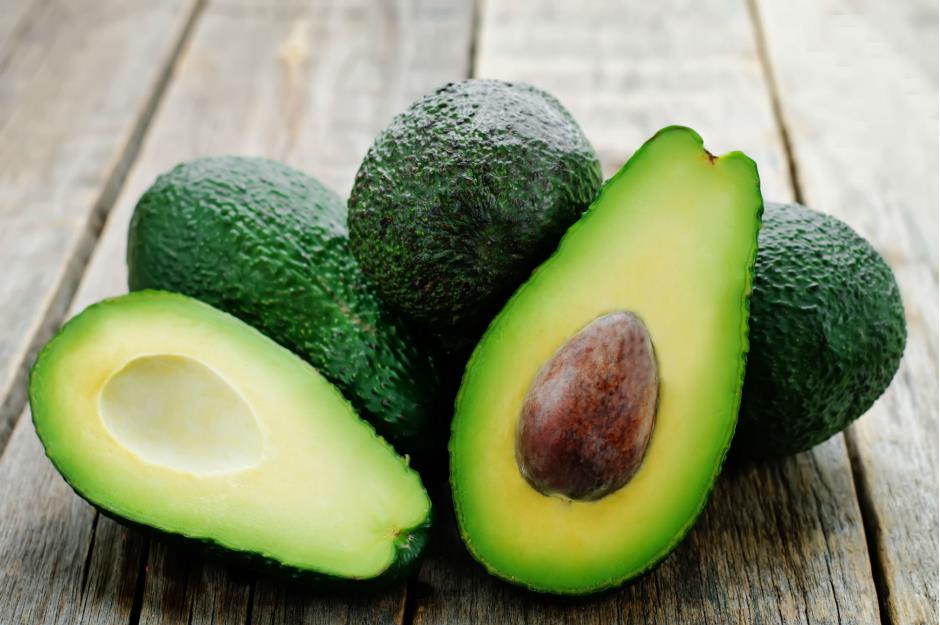
Avocados that need ripening should be kept well away from the fridge as chilling them prolongs the process. Once ripened they can stay in the fridge until you want to eat them – but don't leave it too long, as they go brown quickly.
Citrus fruits
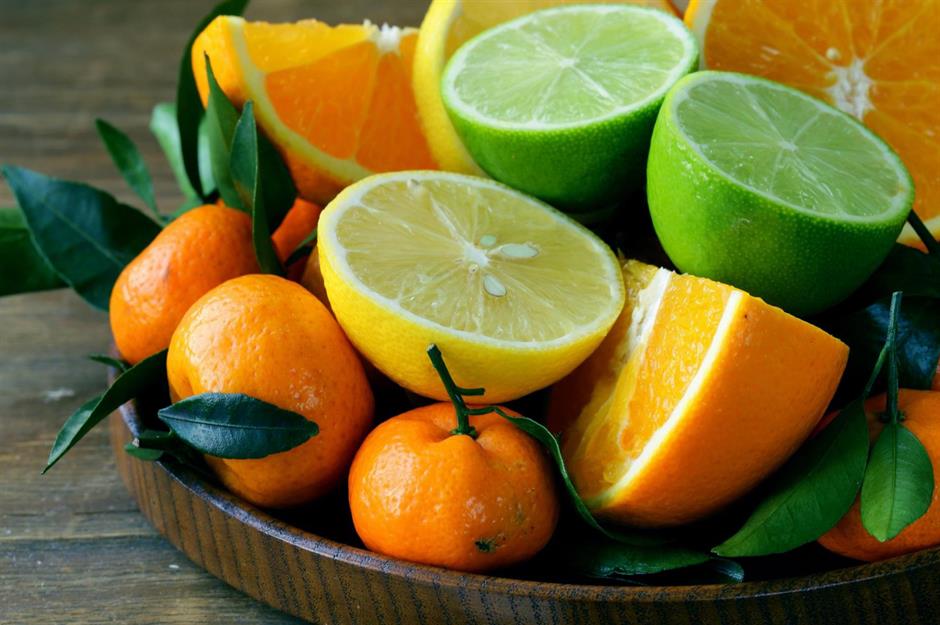
Citrus fruits are juicier and more flavourful at room temperature. Store lemons, limes, grapefruit and oranges in a cool, dry space and consume them within a couple of weeks.
Comments
Be the first to comment
Do you want to comment on this article? You need to be signed in for this feature